With the recent news of the FAA updating its drone for first response approval process, it’s anticipated that more police departments across the country will be starting up drone programs this year. Adopting a program, while important, is no easy task. California’s Elk Grove Police Department offer insight into the best practices for getting started.
Public safety and vendor collaboration is critical
One of the biggest challenges police departments face when developing a drone program is selecting the right vendor. The right vendor is dependent on the specific needs of that department and how well they can adapt to challenges. Elk Grove Police Department (EGPD) teamed up with Mark43 in 2020 to deploy its records management system (RMS) and computer-aided dispatch (CAD). Because Mark43 is cloud-native, it allowed EGPD to easily scale and integrate new technologies. Four years later, EGPD built on that foundation by integrating Mark43 CAD with Flock Aerodome Drone as a First Responder (DFR) system, enhancing their drone operations.
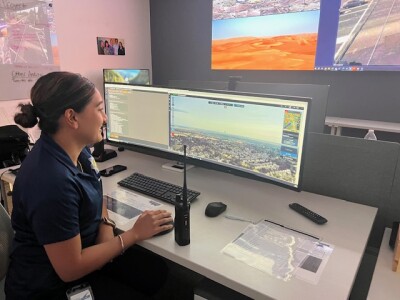
Mark43’s ability to adapt to EGPD growing needs and their strong relationship with the force set them up as the best vendor, which Lt. Nate Lange at EGPD identified as key measures of success. “In this sector, public safety must be paramount over profits,” said Lt. Lange. “When vendors prioritize profit over the mission, you see it.” A vendor that takes into consideration every need and every problem that a department is facing instead of just the sale is a key indicator that they have the best interest of the department’s success in mind. This includes ensuring the software is easy to learn and use by anyone in the department.
As a DFR program that’s under a year old, the police force at Elk Grove is learning how valuable drones are to the force. From gaining critical situational awareness for a call, to locating a suspect while protecting officers, it’s become abundantly clear how important the drone’s role is in the department’s day-to-day operations.
“We decided it was too dangerous not to have a drone program,” Lt. Lange told Commercial UAV News. “We took the risk, started the program, and are committed to constantly re-evaluating and improving it. At first, we weren't focused on what the drone platform can do — we were focused on what we needed it to do and what we wanted it to do. That made all the difference."
As the primary role of EGPD is to serve and protect the community, there was not originally a strong foundation of technical knowledge on drones or the programs that run them within the department. Rather than attempting to become technological experts in the process of starting their drone program, they sought programs that were intuitive. Laying this foundational groundwork before launching a drone program provides a clear path of what types of hardware, software, and training a department will require to successfully operate DFR in their communities, and helps departments stay within budget.
Drones elevate efficiency and safety with faster response times
“Over the last 50 years, we've been documenting response time based on a CAD data and a 911 call,” Lt. Lange continued. “Now, with drones and listening to the 911 call in progress, we're getting to scenes before the CAD call is even created. We're calling that a negative response time. We used to average about seven minutes for officers to get to a call. With a drone, we're averaging response times at a minute and a half."
In addition to rapid response times, the drone provides critical details about the call before officers arrive on-scene. As the first eyes on the scene, the drone can tell officers the exact location of a suspect or accident, if that person is armed, what they look like, and follow them if they are on the run. This context is invaluable to officers and is something that they never had before. EGPD’s ability to align real-time drone data with CAD activity was made easier by Mark43 and Flock Safety’s open architecture and focus on interoperability — helping improve coordination between systems and giving officers clearer context faster.
This information allows officers to make better informed decisions on how they are going to respond to a call. The drone could reveal that the situation is not dire and only requires one officer to respond, letting the rest of the force remain available for other needs, or it may reveal that officers need back up and they can send the appropriate number of resources. In certain cases, the kind of information that the drone provides is critical and would be otherwise nearly impossible to capture.
“We had an ATV pursuit where the drone located the suspect hiding inside a construction pipe,” Lt Lange explained. “Instead of officers methodically clearing dozens of pipes with flashlights—putting themselves at risk—we had precision information: 'pipe seven, north end.' There's just such a significant difference between someone trying to describe a scene to you versus showing you the live video. With drones, situational awareness is immediate and complete."
For nighttime operations, the drone has proven itself to be especially helpful to the force. For EGPD, the nightshift force is smaller than the daytime force, having the drone on hand has become an important asset. These capabilities are providing the team with a tactical advantage that is impossible to quantify.
“Flying at night was a non-negotiable for us,” Lt Lange said. “We were trying to augment and offset those times when officers have the least number of additional resources. For our community, we don't have a lot of additional units working evenings or weekends. Having a platform that truly augments patrol services and provides air operations and situational awareness at night was critical.”
Education and transparency are key to positive public perception
“We don’t wait for the questions — we proactively go out and say exactly what we’re doing, what we’re not doing, and what safeguards we have in place,” Lt. Lange said. “On our website, we have a forward-facing portal where you can see 100% of our drone flights. City council can shut down our technology use at any time if it's used unethically — and they see everything we do.”
With drones for public safety, arguably one of the most important ideas to drive home is that drones are not replacing officers, K9s, or existing air operations like helicopters. It’s layering personnel. Drones are meant to solve the same problem by using different tools. They’re meant to serve as an augmentation to the current technology and be a force multiplier, not a replacement.
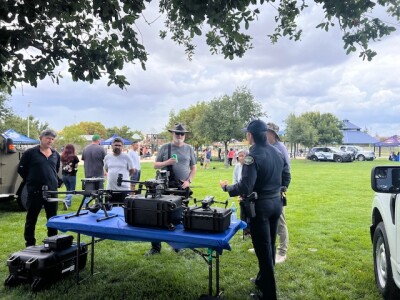
EGPD recognized the value of transparency to its public and has taken a few different courses of action to give the public all the information they need. This department holds and event called “Barbecue in the Beat” where the force brings all the drones to a park where community members can see drones and ask questions. Attendees can touch all the tech and ask officers clarifying questions, highlighting a sense of transparency that can be the difference between a positive or negative assumption about what exactly departments are doing with emerging technologies.
Beyond gathering the community in person, EGPD offers even greater transparency into their drone program by having a virtual library of each flight they make that the public can access on their department website. Every single drone flight is video recorded and saved for a year, and any community member can ask about a flight and see the related case number and flight path.
This kind of access to information by the public is paramount to successful acceptance of drone use by police departments. It provides the community with a sense of security knowing that the drones are strictly used for public safety efforts, and that they can get concrete proof. Success with such endeavors is more about a comprehensive mindset than any single tactic.
“Transparency isn’t just one method,” Lt. Lange concluded. “It’s a combination of outreach, access, public oversight, and being intentional about showing the community what we’re doing."


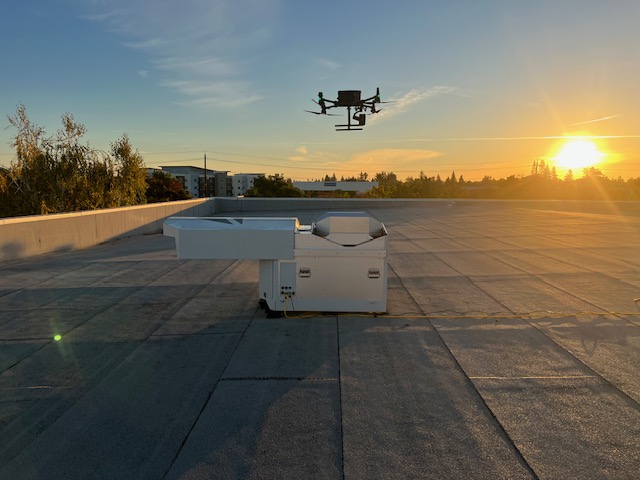

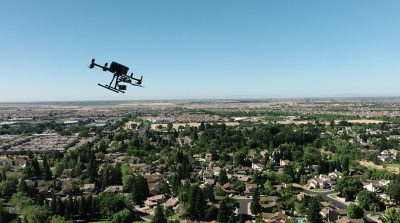
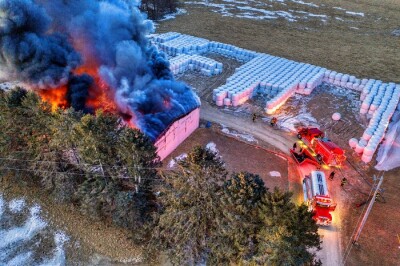

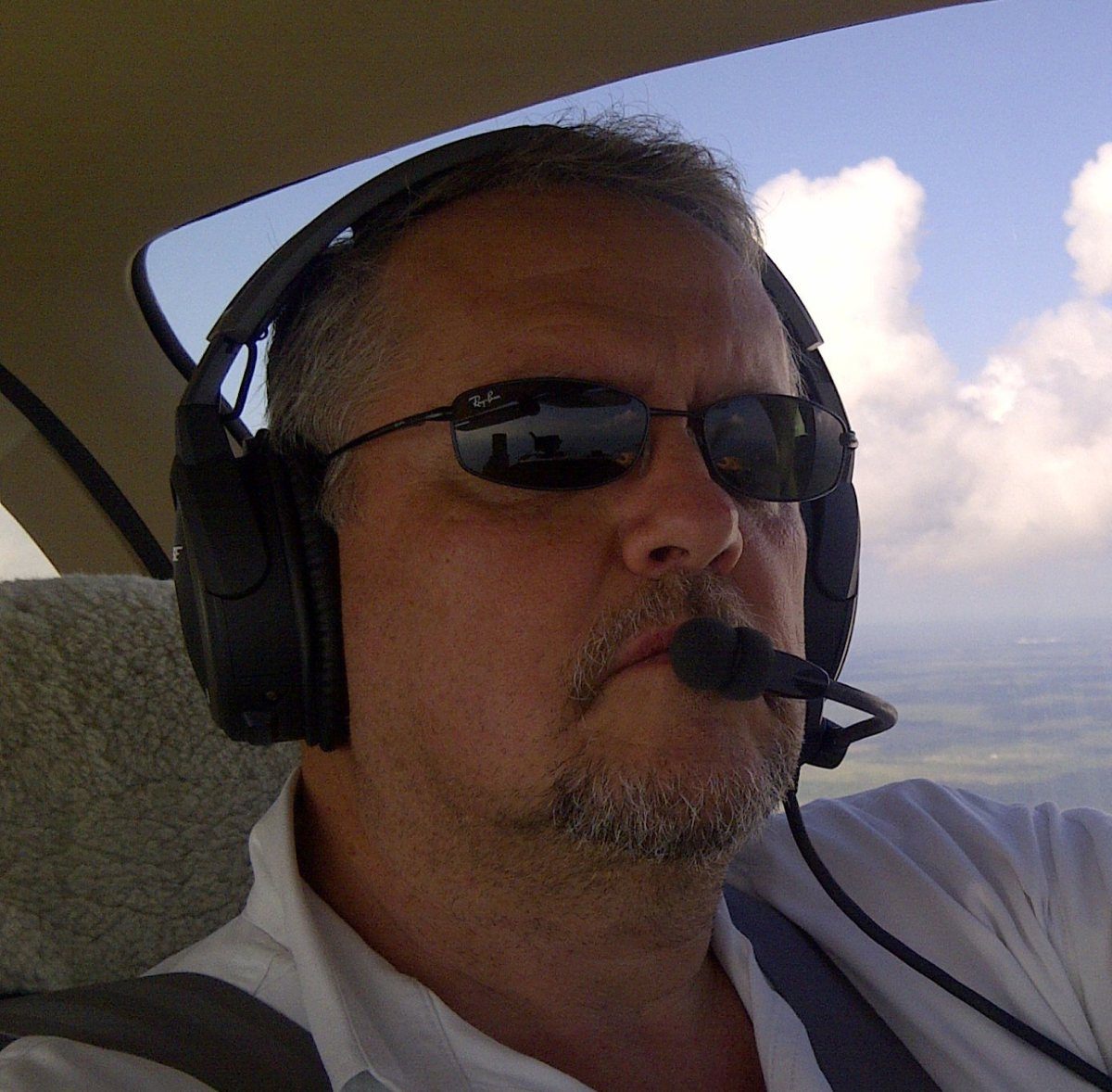





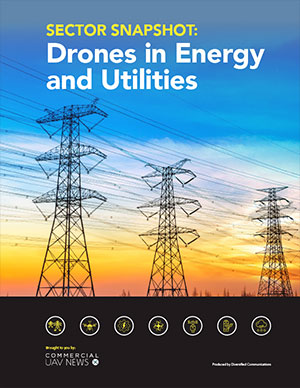

Comments